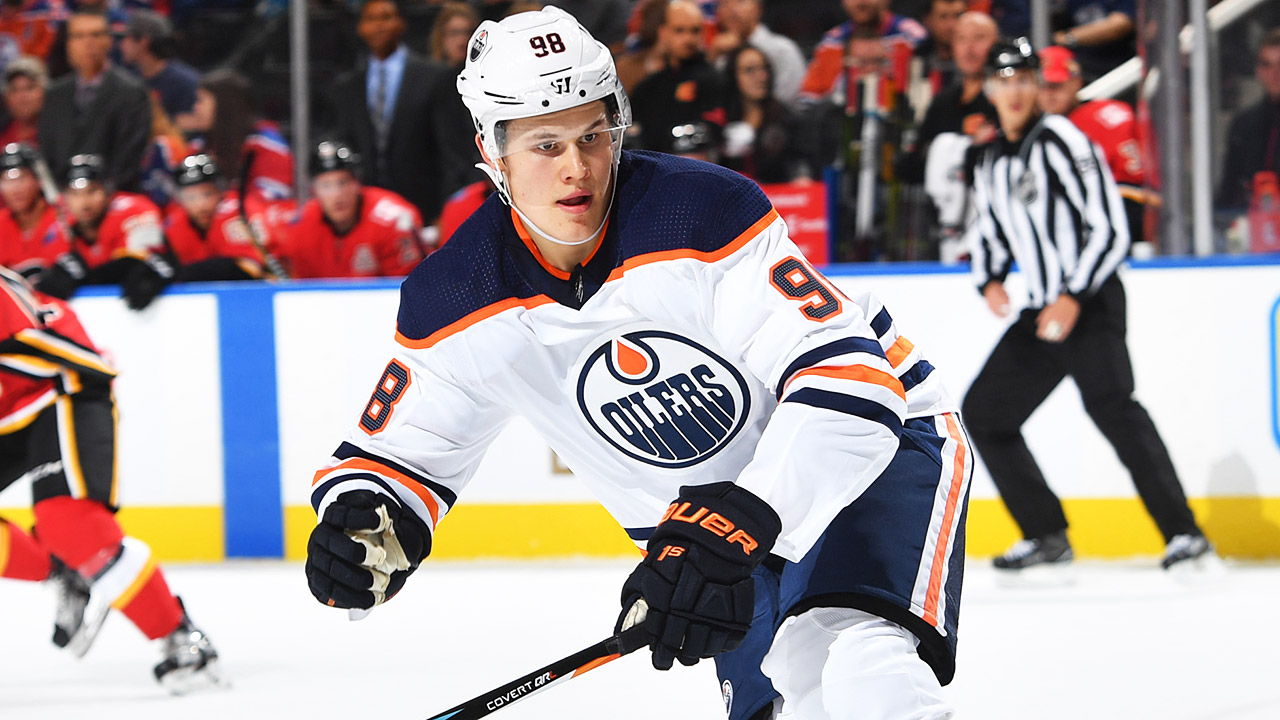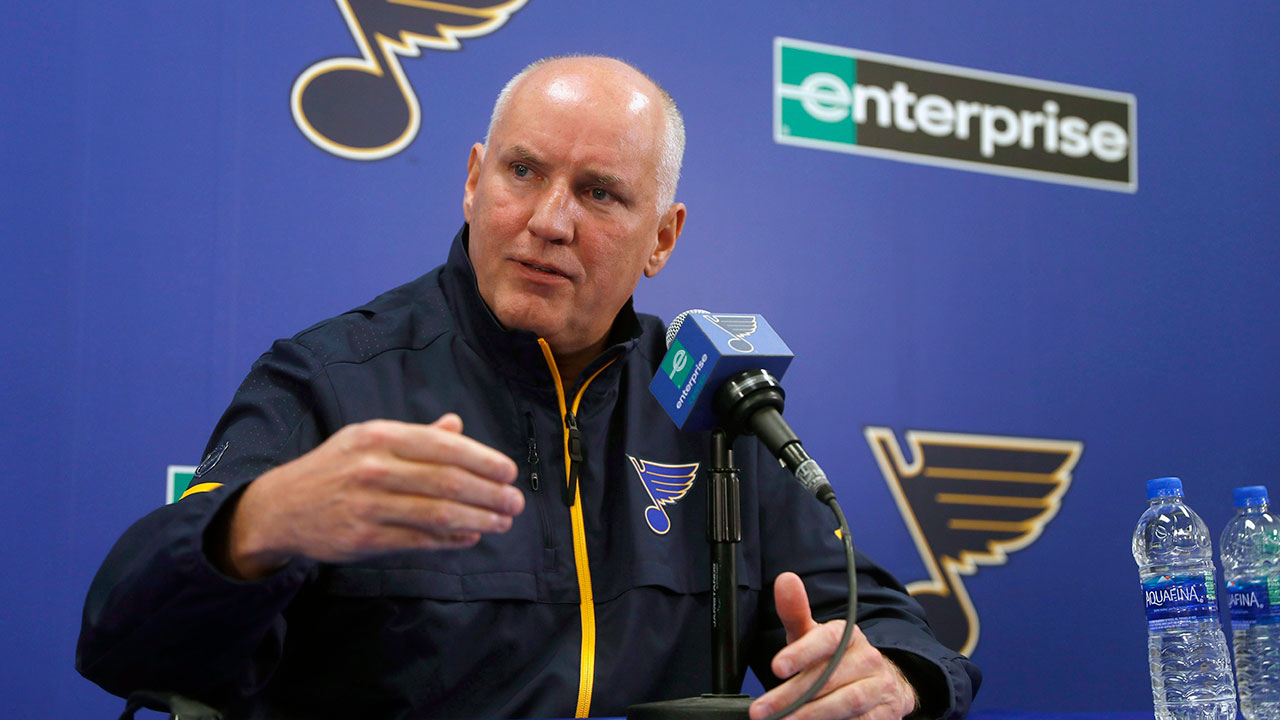EDMONTON — It’s the conversation that will define these Edmonton Oilers as they are constituted today. And it’s one that runs counter to Todd McLellan’s coaching history.
With centremen Connor McDavid, Leon Draisaitl and Ryan Nugent-Hopkins, the Edmonton Oilers are arguably as strong down the middle as any National Hockey League team. But McLellan has always bristled at the thought of three elite centres on their own lines, only going to that top nine setup two games ago under the duress of a horrible Oilers start to their season.
So, before we explore the merits of each player centring his own line — as appears to be the case again versus the Toronto Maple Leafs on Thursday — we should understand why McLellan has always kept three centres on his top two lines. Like in San Jose, where he made sure that none of Patrick Marleau, Joe Thornton and Joe Pavelski ever fell to the bottom six.
“One,” began McLellan, “those top six play a lot more minutes than the third and fourth-line players do. You want your best players on the ice as much as you can.
“Second, when you are the low forward (centre) defending in your zone, it takes a lot of energy. It saps you fairly quickly, and you’re not allowed to go on offence as much as you’d like to. So when you have two guys — Pavelski-Thornton, Draisaitl-McDavid — (on the same line) they share those duties and stay a little fresher to go on offence.
“And (third), sometimes those (top six) players have a common hockey brain, or hockey sense. You get more out of them that way.”
The trend however, may be changing. Certainly the Pittsburgh Penguins, right back to the years when Jordan Staal was there with Sidney Crosby and Evgeni Malkin, have stretched the boundaries of this argument.
“Today, there is a trend to this top nine thing,” observed Oilers veteran winger Mike Cammalleri. “What you’ve seen now is that the most successful teams, their players all look the same without the puck. Everybody has different skills once you’ve got it, and (different levels of ability) on offence. But there’s a consistency on how you play without it.
“If you can consistently create mismatches (with three strong centres), it’s tough to match against three lines that are reliable and play the game the same way. I think, conceptually, that’s what you’re talking about now.”
The centres we spoke to Wednesday, McDavid and Nugent-Hopkins, both said they’re happy with that three-line concept. And so, of course, are the Oilers wingers, with a higher pedigree of centre to play with over three lines, and more participants in the offence.
The chance to play with the reigning Hart and Art Ross Trophy winner McDavid is clearly a prime opportunity, said his usual left-winger Patrick Maroon. “And Leon is a big, strong guy, gets it going on the forecheck, can touch pucks… Nuge, he’s really good in the offensive zone but he’s also really good in his own zone. He’s probably been our best player this year.”
The question becomes, can you find enough wingers with enough talent to get the most out of each of these centres?
“You find chemistry,” Maroon said. “(Conor) Sheary, (Bryan) Rust, (Jake) Guentzel — all are guys who just came up and played for Pittsburgh. We’ve got guys like Drake Caggiula, (Anton) Slepyshev, (Jesse) Puljujarvi who can step in and take that role. Guys who can take that opportunity to play with those guys, because that opportunity might not come again, to play with those guys. You’ve got to grasp it.”
It is incumbent on the Oilers to develop enough wingers who can make this system work, which is why GM Peter Chiarelli went with players like Jujhar Khaira, Slepyshev, Caggiula and Puljujarvi instead of going into the free agent market for expensive veterans.
They may not be ready today, but you can’t win under the cap system without developing much of your own talent. Today’s game is about how many players you can involve in the offence. In winning.
Pittsburgh has won the past two Stanley Cups with rookies and younger developed players dotting their top three lines, next to superstars like Crosby and Malkin.
Is Edmonton is at the crossroads between their coach’s beliefs and a changing NHL? Perhaps.
He’s seeing the light for a window of time here, however, and the Oilers have won two straight with the 3C system. And if there is one thing that can change a coach’s patterns, it is surely the “W” word.
Winning.
[relatedlinks]









